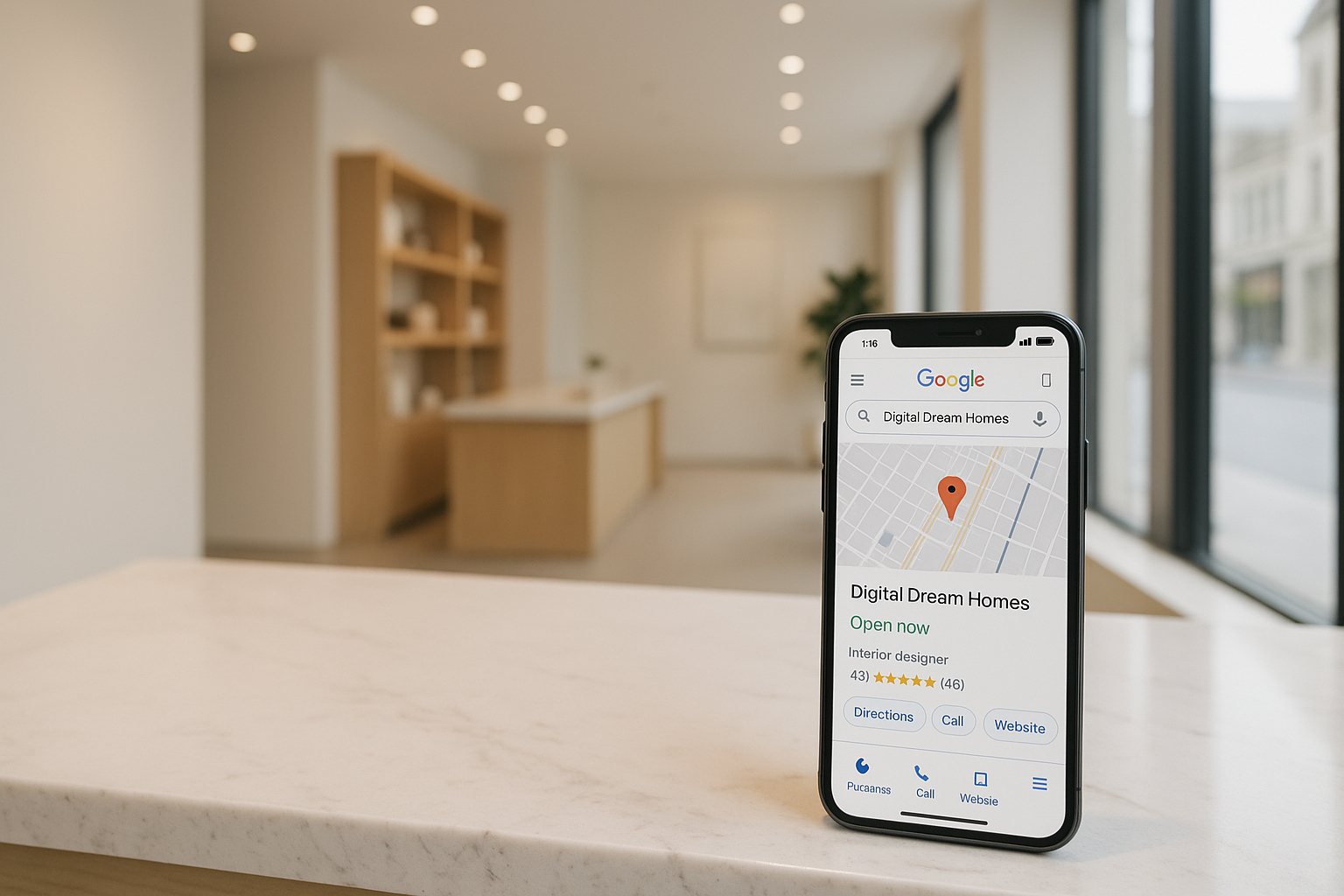How to Write Real Estate Testimonials and Case Studies That Build Seller Trust
If you want to win more listings, you need more than a polished website and a sharp headshot. Sellers are asking themselves one big question: Can I trust this realtor to deliver? The answer often lies in how to write real estate testimonials and case studies that highlight your proven results.
Done right, these powerful pieces of content make you the obvious choice in a crowded market. Let’s break down exactly how to create them in a way that feels authentic, credible, and persuasive.
Why Testimonials and Case Studies Matter
According to BrightLocal, 49% of consumers trust online reviews as much as personal recommendations. For homeowners making the decision to list their biggest asset, social proof matters even more.
When sellers see stories from past clients or clear results you’ve achieved, they don’t have to wonder whether you can handle their sale. You’ve already shown them.
How to Write Real Estate Testimonials and Case Studies That Sellers Believe
Let’s start with the basics.
The Key Ingredients of a Strong Testimonial
A great testimonial is short, specific, and relatable. When guiding a client to write one, encourage them to include:
The challenge: “We had tried to sell before with no luck.”
The solution: “Sarah explained her marketing plan clearly and staged our home beautifully.”
The outcome: “Our house sold for 15% above asking in less than a week.”
This structure makes the testimonial more than just “they were great”…it turns it into a mini success story.
How to Request Testimonials Without Awkwardness
Many realtors hesitate to ask, but timing is everything. The best moments to ask are:
After closing day when emotions are high
When clients thank you verbally
In your follow-up email after a smooth transaction
You can provide a simple template with questions like:
What was the biggest challenge before working with me?
What made you choose me as your realtor?
What results did you get from our work together?
Make it easy for clients to share their story and you’ll get better responses.
Turning Testimonials Into Case Studies
While testimonials are short, case studies are detailed. A case study tells the full story of a transaction from start to finish.
Structure of a Strong Case Study
The Client Profile: Who they were and what they needed
The Challenge: The main obstacles in the transaction
The Solution: What you did differently
The Results: Numbers, timelines, and outcomes
The Client Quote: A personal testimonial to wrap it up
For example, imagine a seller in Phoenix with a property that sat on the market for 90 days. You come in, recommend a pricing strategy, launch professional photos, and create a landing page for the property. Within 10 days, you generate multiple offers and sell at 5% above asking. That’s not just a success…it’s content marketing gold.

Real-World Realtor Scenario
Let’s say you’re competing for a high-end listing. The homeowner is interviewing three agents. You bring along a case study booklet with three examples of similar homes you’ve sold, each showing the challenge, solution, and results. While other agents promise results, you prove them. Guess who wins the listing?
Where to Use Testimonials and Case Studies
Don’t let these stories sit buried on one page of your site. Put them to work by placing them in:
Your homepage: Sellers see proof immediately
Landing pages: Pair them with lead capture forms
Listing presentations: Instant credibility during interviews
Blog posts: Weave them into educational content
Social media: Turn them into graphics and short videos
Check out Real Estate Website Conversion Tips for more ways to use testimonials to drive leads.
Tips for Making Seller Stories More Persuasive
Use numbers: “Sold in 6 days,” “$25,000 over asking”
Include photos: Before-and-after staging shots or sold signs
Highlight emotions: “We felt so relieved once it sold”
Make it local: “This home in the Lincoln Park neighborhood…”
These details create credibility and make the story memorable.
Tools That Make Collecting Testimonials Easy
You don’t have to chase clients endlessly. Tools like Google Forms, Typeform, or even a CRM with built-in survey features can streamline the process. Learn more about organizing these systems with Top 5 Best CRMs for Realtors.
Bringing It All Together with Digital Dream Homes
At Digital Dream Homes, we design websites that make your testimonials shine. Instead of burying them on a single page, we integrate them strategically throughout your site. Paired with SEO strategies like Local SEO for Real Estate Agents and conversion-focused design from Real Estate Landing Page Optimization, your seller stories become powerful marketing tools.
Other posts you’ll want to check out:
Each one gives you strategies to enhance your digital presence and win more listings.
Final Thoughts: How to Write Real Estate Testimonials and Case Studies
Learning how to write real estate testimonials and case studies is one of the most effective ways to build seller trust. By showcasing real results and authentic voices, you position yourself as the obvious choice for homeowners ready to list.
If you’re ready to take your website from generic to lead-generating, schedule a free consultation with Digital Dream Homes today. We’ll help you design a site that makes your testimonials and case studies work harder for you.
Matt Pieczarka
Want a Free Website Audit?
Fill out your information below and we will send you a personal screen share video of tips on how to make your actual website better!
See How Many Closings You're Losing to Zillow!
Click Here to Use our Calculator to See How Many Clients Zillow is Taking From You Per Year!
Backlinks for Small Business Websites: Why Backlinks Matter for Local Businesses
Backlinks for Small Business Websites: Why Backlinks Matter for Local Businesses If you want more customers finding you on Google, you need backlinks for small business websites. P
On-Page SEO Checklist for Small Business Websites
On-Page SEO Checklist for Small Business Websites If you want more local customers to find you, you need an on-page SEO checklist small business owners can actually use. This guide
Google Business Profile Setup for Small Business: The Beginner’s Guide
Google Business Profile Setup for Small Business: The Beginner’s Guide If you want to show up on Google when customers nearby search, you need google business profile setup for s
Local SEO for Small Businesses: Tips for Small Business Owners
Local SEO for Small Businesses: Tips for Small Business Owners If you want to show up when nearby customers search, you need local SEO for small businesses. The good news is that m
How to Create a “Contact Us” Page That Actually Gets Results
Contact Page Optimization for Small Business: How to Create a “Contact Us” Page That Actually Gets Results If you want more calls, emails, and bookings, contact page optimizati
Mobile Friendly Website Tips For Small Business
Mobile Friendly Website Tips For Small Business: Mobile Optimization Tips for Local Business Websites If you need mobile friendly website tips for small business, you are in the ri
Why Your Website Isn’t Bringing in Leads
Why Small Business Websites Fail: Why Your Website Isn’t Bringing in Leads If you’ve ever wondered why small business websites fail, you’re not alone. Many owners invest in a
Best Website Colors For Small Business Branding
Best Website Colors For Small Business Branding: How to Choose the Right Colors for Your Brand Choosing the best website colors for small business branding is not just a design cho
Simple Website Design Tweaks That Boost Small Business Credibility
How to Make Small Business Website Look Professional: Simple Design Tweaks That Boost Small Business Credibility Want quick, high-impact ways to look trustworthy online? If you’v









